Donate now to support the LLIFLE projects.
Your support is critical to our success.
Your support is critical to our success.
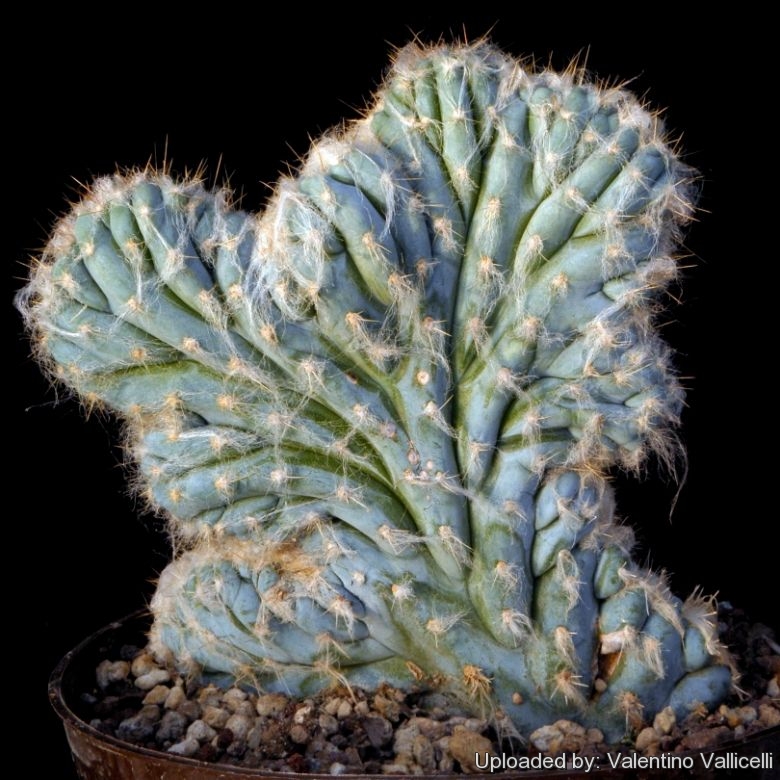
Pilosocereus leucocephalus f. cristata Photo by: Valentino Vallicelli
This crested cactus (often foun in the trade as Azureocereus sp. forma cristata) is a very attractive blue skined plant.
This crested cactus (often foun in the trade as Azureocereus sp. forma cristata) is a very attractive blue skined plant.
Synonyms:
See all synonyms of Pilosocereus leucocephalus
back
Accepted name in llifle Database:Pilosocereus leucocephalus f. cristata hort.
Synonymy: 4 Accepted name in llifle Database:
Pilosocereus leucocephalus (Poselg.) Byles & G.D.Rowley
Cact. Succ. J. Gr. Brit. 19: 67. 1957
Synonymy: 34
- Pilosocereus leucocephalus (Poselg.) Byles & G.D.Rowley
- Cephalocereus leucocephalus (Poselg.) Britton & Rose
- Cereus flavicomus Salm-Dyck
- Cereus jubatus. Salm-Dyck ex Förster
- Cereus leucocephalus (Poselg.) A.Berger
- Pilocereus flavicomus Rümpler
- Pilocereus jubatus Salm-Dyck
- Pilocereus leucocephalus Poselg.
- Pilosocereus cometes (Scheidw.) Byles & G.D.Rowley
- Cephalocereus cometes (Scheidw.) Britton & Rose
- Cereus cometes Scheidw.
- Pilocereus cometes (Scheidw.) Mittler ex Förster
- Pilosocereus maxonii (Rose) Byles & G.D.Rowley
- Cephalocereus maxonii Rose
- Cereus maxonii (Rose) Vaupel
- Pilocereus maxonii (Rose) A.Berger
- Pilosocereus palmeri (Rose) Byles & G.D.Rowley
- Cephalocereus palmeri Rose
- Cephalophorus palmeri (Rose) Boom
- Cereus palmeri Engelm.
- Cereus victoriensis Vaupel
- Pilocereus palmeri (Rose) F.M.Knuth in Backeb. & F.M.Knuth
- Pilosocereus leucocephalus subs. palmeri (Rose) Scheinvar
- Pilosocereus palmeri var. victoriensis (Vaupel) Backeb.
- Pilosocereus palmeri f. cristatus hort.
- Cephalocereus palmeri f. cristatus P.V.Heath
- Pilosocereus sartorianus (Rose) Byles & G.D.Rowley
- Cephalocereus sartorianus Rose
- Cereus sartorianus (Rose) Kupper ex A.Berger
- Pilocereus sartorianus (Rose) A.Berger
- Pilosocereus tehuacanus (Weing.) Byles & G.D.Rowley
- Cephalocereus tehuacanus (Weing.) Borg
- Cereus tehuacanus (Weing.) Werderm. in Backeb.
- Pilocereus tehuacanus Weing.
back
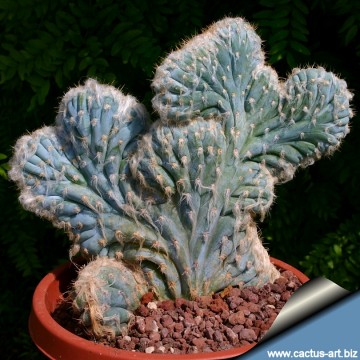
Pilosocereus leucocephalus f. cristata Photo by: Cactus Art
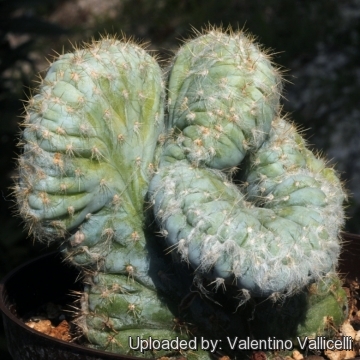
Pilosocereus leucocephalus f. cristata Photo by: Valentino Vallicelli
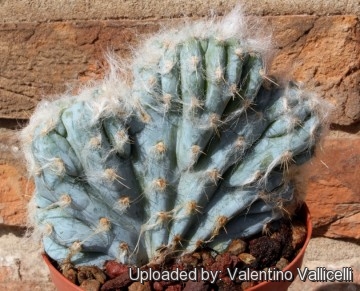
Pilosocereus leucocephalus f. cristata Photo by: Valentino Vallicelli
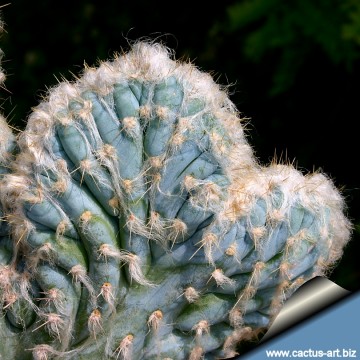
Pilosocereus leucocephalus f. cristata Photo by: Cactus Art
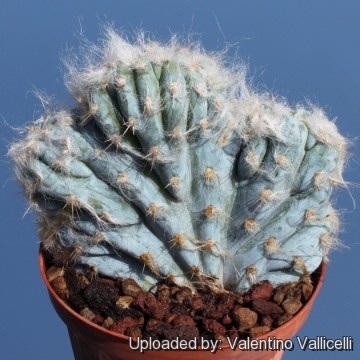
Pilosocereus leucocephalus f. cristata Photo by: Valentino Vallicelli
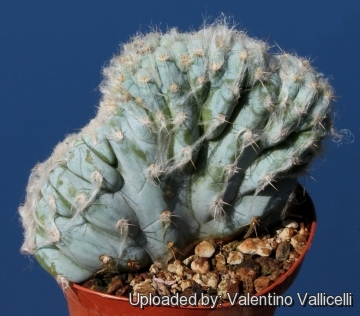
Pilosocereus leucocephalus f. cristata Photo by: Valentino Vallicelli
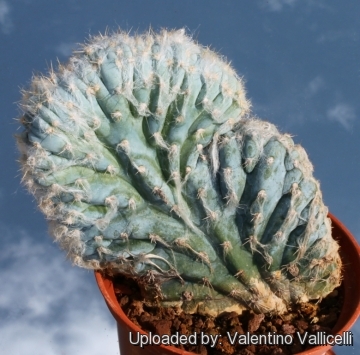
Pilosocereus leucocephalus f. cristata Photo by: Valentino Vallicelli
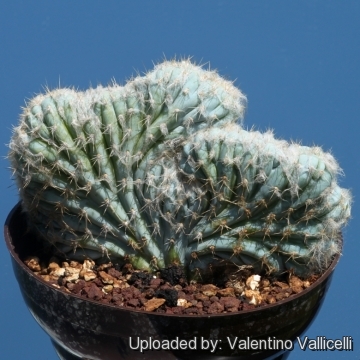
Pilosocereus leucocephalus f. cristata Photo by: Valentino Vallicelli
| Your Actions | |
|---|---|
| Back to Pilosocereus index | |
| Back to Cactaceae index | |
 |
Back to Cacti Encyclopedia index |










